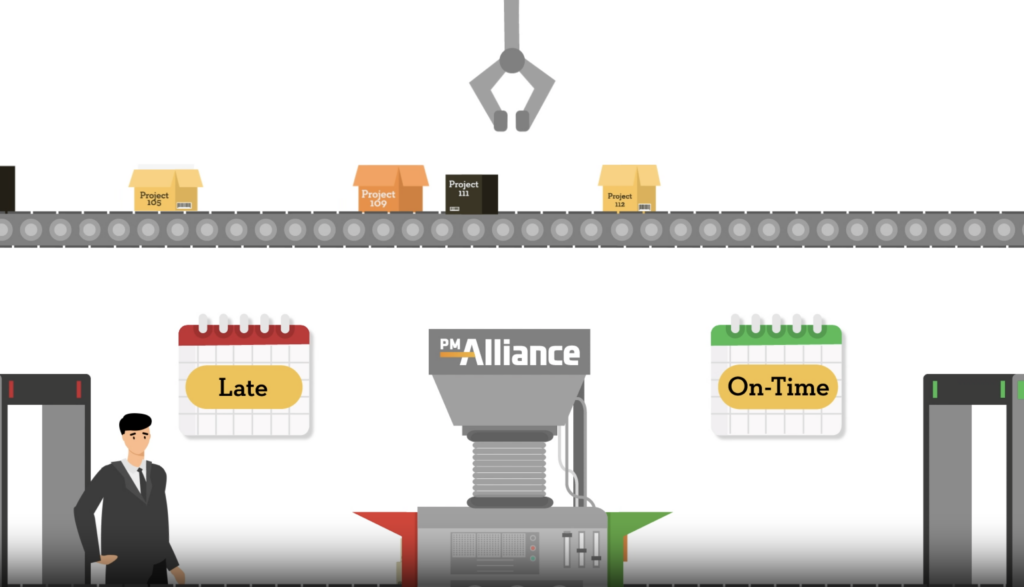Common Contingency Planning Mistakes in Project Management and How to Avoid Them
Developing and working with contingency plans is a routine part of project management. From additional funds and alternate materials to revised workflows and adjusted timeframes, a well-crafted contingency plan ensures project teams remain agile and prepared. However, common contingency planning mistakes in project management can undermine even the best efforts, leading to delays, budget overruns, and missed opportunities. Here are the most frequent pitfalls and strategies to avoid them.
Failing to Include Vendors in Project Negotiations
Why It’s a Problem:
Contingency plans often rely on vendor involvement, such as adjusting timelines, sourcing alternate materials, or estimating additional costs. Excluding vendors can lead to unrealistic plans and poor execution.
How to Avoid It:
- Consult vendors early in the planning process to gather accurate input on time, costs, and resources.
- Document vendor-provided estimates and calculations for future reference.
- Ensure vendor commitments align with your contingency strategies.
Key Tip:
Treat vendors as strategic partners in contingency planning, not just suppliers.
Failing to Clarify Contingency Funds in the Budget
Why It’s a Problem:
A lack of clarity around contingency funds can cause confusion for leadership and finance teams. When contingency funds go unused, project teams may struggle to justify their inclusion in future budgets.
How to Avoid It:
- Clearly label contingency funds in the project budget and explain their purpose.
- Communicate proactively with leadership about unspent contingency funds and their importance for future projects.
- Maintain transparency in how funds are allocated and tracked.
Key Tip:
Document and share contingency fund usage to build credibility for future budget planning.
Treating Contingency Planning as a “Necessary Evil”
Why It’s a Problem:
Some project managers include contingency plans out of habit rather than necessity. This lack of meaningful discussion can result in plans that are unworkable, redundant, or poorly communicated to the team.
How to Avoid It:
- Identify specific risks and needs that justify contingency funds or alternate plans.
- Discuss and align contingency strategies with the entire project team.
- Ensure the contingency plan addresses realistic scenarios and integrates seamlessly into the overall project plan.
Key Tip:
View contingency planning as an essential tool for risk management and project success—not just a box to check.
Eliminating Contingency Funds to Meet Budget Targets
Why It’s a Problem:
When faced with budget pressure, contingency funds are often the first to be cut. While this may temporarily reduce costs, it leaves the project vulnerable to unforeseen risks, leading to costly overruns later.
How to Avoid It:
- Resist the urge to cut contingency funds without a thorough evaluation of project risks.
- Educate leadership on the importance of contingency planning for mitigating unexpected challenges.
- Prioritize a realistic budget that balances scope, resources, and contingencies.
Key Tip:
Cutting contingency funds may save money upfront but can result in significant cost overruns if problems arise.
Overlooking Communication of Contingency Plans
Why It’s a Problem:
Even well-developed contingency plans can fail if they’re not communicated effectively to the team. Miscommunication can leave resources unused or create confusion when issues arise.
How to Avoid It:
- Share contingency plans with all relevant team members and stakeholders.
- Provide clear instructions on when and how to implement contingency measures.
- Update the team regularly as plans evolve or risks are mitigated.
Key Tip:
A contingency plan is only effective if the team knows it exists and understands how to use it.
Contingency planning is a critical component of project management, but common mistakes can undermine its effectiveness. By collaborating with vendors, clarifying contingency funds, and prioritizing meaningful planning, project teams can create robust contingency strategies that ensure success—even when unexpected challenges arise. Avoid the pitfalls, communicate clearly, and treat contingency planning as a vital tool for project resilience.
Related FAQs:
What are common contingency planning mistakes in project management?
Mistakes include excluding vendors, cutting contingency funds, and failing to communicate plans effectively.
Why is vendor input important in contingency planning?
Vendors provide accurate estimates and timelines that ensure contingency plans are realistic and achievable.
How can I justify contingency funds to leadership?
Clearly label contingency funds, explain their purpose, and document how they mitigate project risks.
Why should contingency plans be communicated to the project team?
Without clear communication, team members may not know how or when to implement contingency measures.
What happens if contingency funds are cut to meet budget constraints?
Cutting contingency funds leaves projects vulnerable to unforeseen risks, leading to cost overruns or delays.


